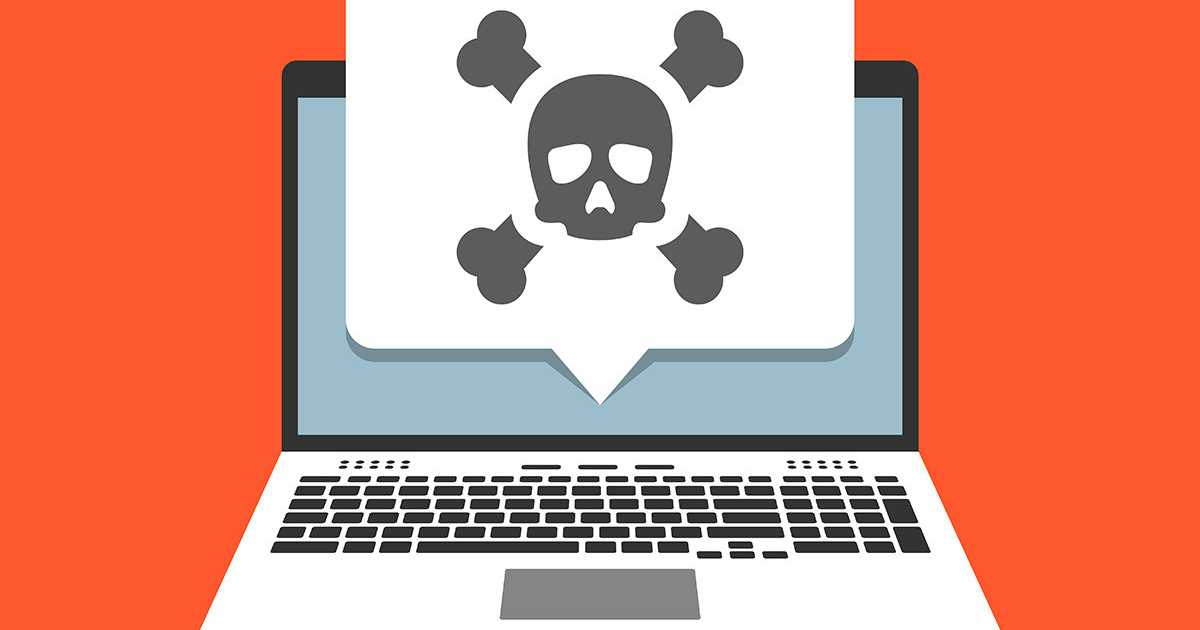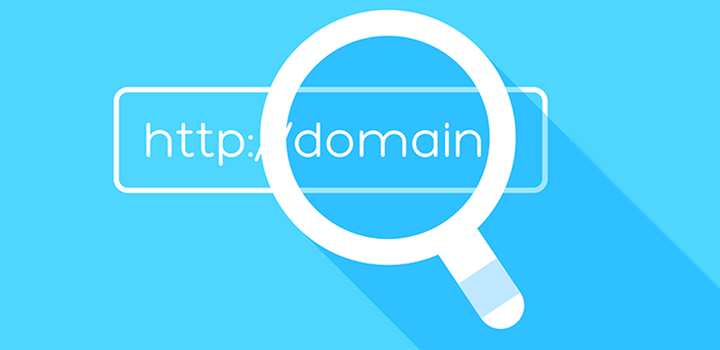The world today faces a huge range of cyber threats, but the risks Internet users are exposed to varies from country to country. In countries where there is strong cybercrime legislation and widely implemented information security programs, the risks are significantly lower than in countries whose policies are flawed or non-existent.
To show how threats differ across the world and rank countries that are most or least at cyber risk, security firm SEON has compiled data from a variety of cybersecurity indices and indicators. The survey shows that security for internet users is strongest in Denmark, where people are protected from cybercrime through strong legislation and the use of security technologies is quite advanced. According to the ranking, the Nordic country is followed, in order, by Germany and the United States.
To arrive at its Global Cyber Security Index, the SEON first collected data from the National Cyber Security Index (NCSI), which ranks all countries based on the strength of their cyber security measures. The company then collected data from a similar ranking, the Global Cyber Security Index 2020, which also ranked countries based on their respective cybersecurity practices. Data from both sources use different criteria to rank each country.
The SEON also used the Basel AML 9th Edition Index, which ranks countries based on the risk of money laundering and terrorist financing. This illegal activity is most commonly carried out digitally, so it is a good indicator of how well policed and secure the internet is in each country.
To arrive at its overall ranking, the company also took into account the Cyber Security Exposure Index (CEI) 2020, which measures the risk situation of internet users in each country. In addition to these various indices, the SEON analyzed the strength of cybercrime legislation in each country.
“We give each country one point for each piece of legislation and half a point if the legislation was only in draft format. We then add an extra point for each regulatory category covered, thus including the coverage of legislation as part of the scoring process. The scores for all of these factors have been converted into a single score and equally weighted up to a maximum score of up to 10,” says Gergo Varga, author of the report.
As a result, Denmark had an overall cybersecurity score of 8.91, performing particularly well on the Cybersecurity Exposure Index, where it achieved a score of just 0.117, the lowest among all countries. Germany, on the other hand, had a cybersecurity score of 8.76, while the US had a rating of 8.73. The US’s relatively high overall rating was due in part to its No. 1 ranking on the Global Cybersecurity Index, while ranking well in terms of overall cybersecurity exposure and strong legislation.
Other countries that reached the top 10 of the safest countries were, in rank order, Norway, United Kingdom, Canada, Sweden, Australia, Japan and the Netherlands.
In the middle range of the ranking are several countries in Latin America. The best placed in this list is Chile, which occupies the 32nd place with a score of 6.53. Soon after, Brazil comes in 35th place, with a score of 6.53 and a score of 0.541 on the Cybersecurity Exposure Index. Next, in order, are Uruguay, Argentina and Colombia.
At the other end of the scale are countries that offer the least protection against cybercrime. These countries have very weak cybercrime laws or no laws at all, and therefore carry the greatest risk for transactions involving personal information, highlights the SEON report.
The country with the worst internet security rating was Myanmar, scoring just 2.22 on the Global Cyber Security Index. The country Southeast Asia scored low on all counts, especially in terms of legislation, as almost none were enacted to put barriers in the way of cybercriminals.
Then Myanmar is Cambodia with a cybersecurity score of 2.67, the second worst overall score in the ranking. Cambodia performs slightly better than Myanmar on all metrics except the Global Cybersecurity Index. Honduras came in third with a score of 3.13. The Central American country scored lower on the Global Cybersecurity Index than any other country in the study, while performing poorly in all other areas. However, Honduras performs twice as well as Myanmar and Cambodia in terms of anti-cybercrime legislation.
The other countries on the list of those most at risk for cyber threats are — from highest to lowest risk: Bolivia, Mongolia, Algeria, Zimbabwe, Nicaragua, Bosnia and Herzegovina, and El Salvador.
Most common forms of cybercrime
The SEON report also focused on the most common cyber crimes reported in 2020. It states that phishing and pharming emails are the top online threat to Internet users in the United States, accounting for 32.9% of all cyber crimes reported in the country in 2020. Phishing and pharming (a type of cyber crime very similar to phishing, in which traffic to a website is manipulated and confidential information is stolen) refer to the fraudulent practice of tricking people into revealing personal information, such as passwords, login details and credit card numbers.
The second most common type of cybercrime was non-payment and non-delivery, which was reported 108,869 times and represented 14.9% of cybercrime in the US. Non-payment refers to a buyer who does not pay for the goods or services received, while non-delivery refers to the non-delivery of the goods or services for which they were paid.
Extortion is the third most common form of cybercrime, with 76,741 incidents reported in 2020 in the US, reflecting 10.4% of all cybercrime in the country. Extortion takes various forms, the most common being the use of ransomware to seize access to files and devices, followed by the search for money, cryptocurrency, gift cards or any other form of payment.
Source: CisoAdvisor





















